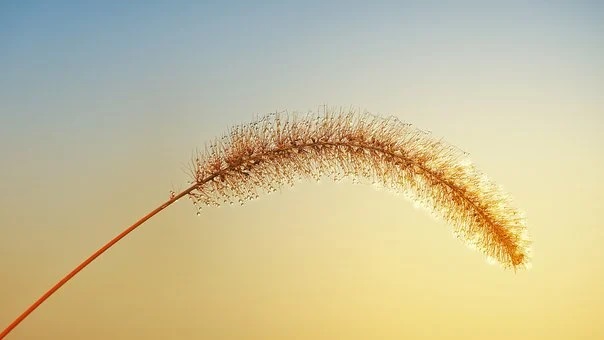In our innumerable past lives, had we ever committed this type of immutable karma? The answer is yes. Therefore, we can be as virtuous as we would like in this life, retribution may still await us if we cannot purify all our negative karma of the past. Once this type of karma matures, there is no escape but to bear its effect albeit temporarily. Does this mean that virtuous karma we have accumulated in this lifetime will go to waste? It certainly won’t. They also bear their own fruit. However, if virtuous karma is not powerful enough and ripens slowly, it is possible that we may have to suffer first before enjoying any reward.
~Depicted from THE RIGHT VIEW - On Cause and Effect











